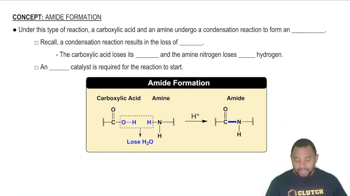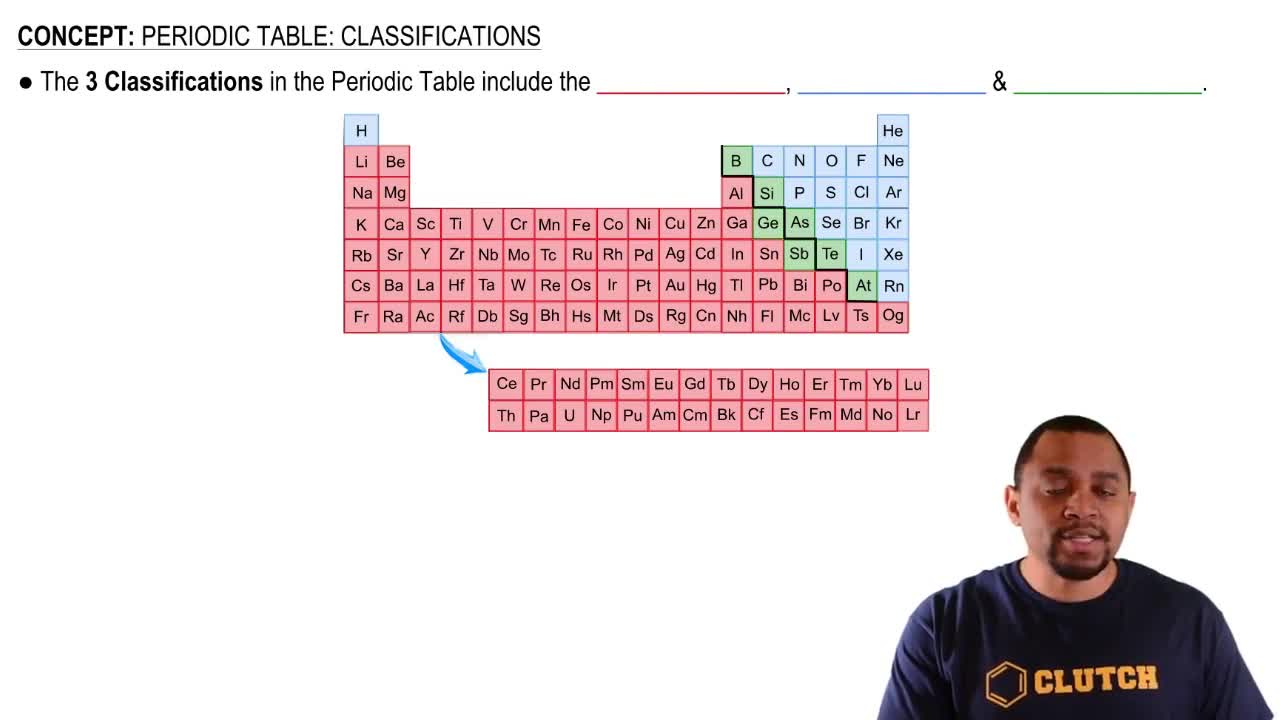Here are the essential concepts you must grasp in order to answer the question correctly.
Ion Formation
Ions are charged particles that form when atoms gain or lose electrons. A cation has a positive charge due to the loss of electrons, while an anion has a negative charge from gaining electrons. In this case, Y³⁻ indicates that the element has gained three electrons, resulting in a negative charge.
Recommended video:
Amide Formation Concept 1
Periodic Table and Periods
The periodic table organizes elements based on their atomic number and properties. Each horizontal row is called a period, and elements in the same period share similar energy levels. Period 3 includes elements such as sodium, magnesium, and sulfur, which are crucial for identifying the element Y.
Recommended video:
Periodic Table: Classifications
Representative Elements
Representative elements, also known as main group elements, are found in groups 1, 2, and 13-18 of the periodic table. They exhibit a wide range of chemical and physical properties and typically form predictable ions. Understanding that Y is a representative element helps narrow down the possibilities for its identity in Period 3.
Recommended video:
Periodic Table: Representative Elements & Transition Metals
 Verified step by step guidance
Verified step by step guidance Verified video answer for a similar problem:
Verified video answer for a similar problem:



 2:15m
2:15m